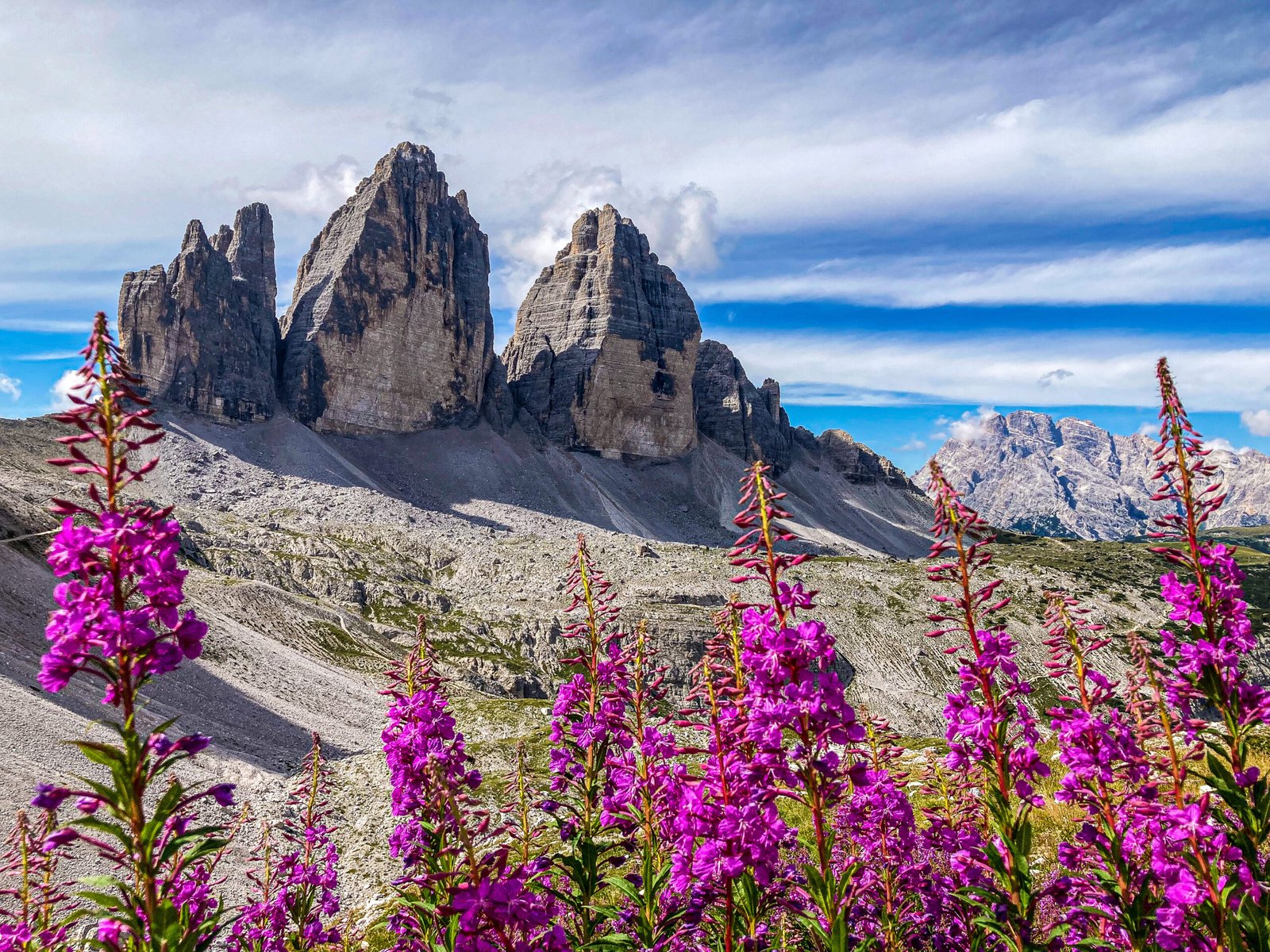
Elim, Alaska
So you’re interested in exploring the enchanting city of Elim, Alaska? Well, get ready to be captivated by the charm and beauty of this remote Alaskan gem. Nestled amongst awe-inspiring landscapes and embraced by a tight-knit community, Elim offers a unique experience that truly embodies the spirit of Alaska. From its rich cultural heritage to its stunning natural wonders, this hidden gem of a city has so much to offer. So pack your sense of adventure and get ready to embark on an unforgettable journey to the picturesque city of Elim, Alaska.
Geography
Location
Elim, Alaska is located in the western part of the state, specifically in the Nome Census Area. It is situated on the southern shore of the Norton Sound, a body of water that opens into the Bering Sea. The city is positioned at approximately 64 degrees north latitude and 162 degrees west longitude.
Climate
Due to its northern location, Elim experiences a subarctic climate with long, cold winters and relatively mild summers. The average high temperature during the winter months hovers around 10 degrees Fahrenheit (-12 degrees Celsius), while average lows can plummet to -10 degrees Fahrenheit (-23 degrees Celsius) or even lower. Summers, on the other hand, bring milder temperatures with average highs reaching around 55 degrees Fahrenheit (13 degrees Celsius) and lows dropping to roughly 40 degrees Fahrenheit (4 degrees Celsius).
Terrain
Elim boasts diverse and picturesque terrain, with its landscape mainly characterized by rolling hills, valleys, and coastal plains. The city lies at the edge of the vast tundra, where the treeless expanse stretches as far as the eye can see. Rocky outcroppings dot the landscape, adding to the scenic beauty of the area. The Norton Sound, with its stunning shoreline, provides a natural boundary and offers breathtaking views of the Bering Sea.
History
Establishment
Elim was founded in the late 1800s as a reindeer station by the United States government. The area was chosen for its suitability for reindeer herding, a traditional livelihood of the indigenous Yupik people. The establishment of Elim contributed to the sustainability and preservation of the Yupik culture, as reindeer herding played a central role in their way of life for generations.
Incorporation
Elim was officially incorporated as a city in 1970, marking an important milestone in its history. The incorporation process granted Elim local government autonomy and enabled it to effectively address the unique needs and challenges faced by the community. Since then, the city has been governed by a mayor and a city council, elected by its residents, who work towards the betterment and progress of Elim.
Significance
Elim holds significant historical and cultural importance, particularly to the Yupik people who have inhabited the area for centuries. The reindeer herding tradition has deep roots in the community, serving as a cultural anchor and a source of pride. Elim’s establishment and incorporation have provided a platform for the preservation and promotion of indigenous culture and traditions. It continues to be a testament to the resilience and rich heritage of the Yupik people.

Demographics
Population
Elim has a relatively small population, with approximately [insert approximate number] residents. The size of the community fosters a close-knit environment where people know and support one another. The population has remained relatively stable over the years, with slight fluctuations due to factors such as economic opportunities, education, and migration.
Ethnicity
The majority of Elim’s population is of Yupik descent, reflecting the community’s strong indigenous heritage. The Yupik people have historically inhabited the region, and their presence is a vital part of the city’s cultural fabric. Elim takes pride in its multicultural makeup, welcoming individuals from various backgrounds who enrich the community’s diversity and foster an inclusive environment.
Languages
English is the primary language spoken in Elim, serving as the lingua franca for communication among residents and in educational and official settings. However, the Yupik language, an Eskimo-Aleut language, continues to be spoken by many community members, preserving an essential part of their cultural and linguistic heritage. Efforts are underway to promote Yupik language learning and ensure its prevalence for future generations.
Economy
Industries
Elim’s economy is primarily driven by traditional activities such as subsistence hunting, fishing, and reindeer herding. These industries have sustained the community for centuries, providing food security and a means of livelihood. Additionally, the city’s proximity to natural resources and the Bering Sea facilitates commercial fishing, supporting the local economy and generating revenue for the community.
Employment
Given the traditional nature of Elim’s economy, many residents are engaged in subsistence activities for their sustenance and self-sufficiency. However, there are also employment opportunities in various sectors, including education, healthcare, local government, and small businesses. The reindeer industry, in particular, offers employment opportunities both in herding and processing operations, providing a source of income to community members.
Tourism
Elim’s unique cultural heritage, picturesque landscapes, and rich history offer potential for tourism development. Visitors have the opportunity to immerse themselves in the vibrant Yupik culture, learn about reindeer herding practices, and explore the breathtaking natural surroundings. Additionally, the Norton Sound and Bering Sea attract fishermen, birdwatchers, and outdoor enthusiasts seeking memorable experiences in Alaska’s remote wilderness.

Transportation
Roads
Elim is primarily accessed through the Teller Highway, a gravel road that connects the city to the neighboring community of Teller and beyond. The Teller Highway provides essential transportation links, especially for goods and services, connecting Elim to the broader road network of the region. Within the city, a network of paved and unpaved roads facilitates local transportation for residents and visitors alike.
Airports
Elim is served by the Elim Airport, which provides vital air transportation connections to the community. The airport offers scheduled passenger flights, connecting Elim to major cities and hubs within Alaska. This transportation link is crucial for residents to access healthcare services, education opportunities, and supplies, as well as facilitating tourism and economic activities.
Waterways
The Norton Sound plays a significant role in transportation and trade for Elim. The city has a small harbor that accommodates boats and small vessels, enabling access to the Bering Sea. Water transportation is essential for fishing activities, subsistence hunting, and connecting with surrounding communities along the Norton Sound coastline.
Education
Schools
Elim has a strong focus on education, with a well-established school system that caters to the community’s needs. The city is home to a primary and secondary school, providing education to students from kindergarten through twelfth grade. These schools strive to provide a high-quality education while incorporating elements of Yupik culture and language to foster cultural appreciation and understanding.
Higher Education
While Elim does not have a higher education institution within its boundaries, residents have opportunities to pursue post-secondary education through online programs or by attending colleges and universities located in larger towns and cities throughout Alaska. Scholarships and support programs are available to assist students in their educational pursuits outside of Elim, ensuring access to higher education for interested individuals.

Healthcare
Medical Facilities
Elim is equipped with medical facilities to cater to the healthcare needs of the community. The city has a community health center that offers primary care services, including preventative care, health screenings, and urgent care. The health center also coordinates with regional healthcare providers and facilities to ensure access to specialized care and additional medical services when needed.
Accessibility
Access to healthcare can be challenging in remote communities like Elim. However, the city strives to provide accessible healthcare services to its residents. In addition to the community health center, telehealth services have been implemented to connect individuals with healthcare professionals remotely. This technology allows for remote consultations, reducing the need for extensive travel and ensuring timely access to medical advice and expertise.
Culture
Traditions
Elim holds a deep reverence for traditions, particularly those rooted in Yupik culture. The community celebrates and upholds traditional practices such as storytelling, dance, and crafts. Elders play a crucial role in passing down knowledge and preserving cultural traditions, ensuring that future generations have a strong connection to their heritage. Traditional subsistence activities, including hunting, fishing, and reindeer herding, also contribute to the cultural fabric of Elim.
Arts and Music
Artistic expression is highly valued in Elim, with residents showcasing their talent through various art forms, including carving, basket weaving, and beadwork. These traditional art forms serve as a means of storytelling and cultural preservation. Music, predominantly Yupik and Alaska Native in nature, plays a vital role in community gatherings and celebrations, offering a harmonious reflection of Elim’s cultural identity.
Festivals
Elim embraces its cultural vibrancy through festivals that bring the community together in joyous celebration. One such festival is the “Nuniwarmiut Piciryarait Cultural Festival”, which showcases traditional Yupik dances, games, and handicrafts. The festival acts as a platform to honor Yupik traditions and provides an opportunity for residents and visitors to immerse themselves in the cultural richness of Elim.
Recreation
Outdoor Activities
Elim’s majestic surroundings offer numerous opportunities for outdoor activities and exploration. The vast tundra invites hikers, nature enthusiasts, and photographers to admire the unspoiled beauty of Alaska’s wilderness. Ice fishing, snowshoeing, and cross-country skiing are popular winter pastimes, allowing residents and visitors to enjoy the crisp Arctic air and the tranquility of the surroundings.
Sports
Sports play a significant role in the lives of Elim residents, fostering physical fitness, teamwork, and community spirit. Basketball, volleyball, and cross-country running are popular sports, showcasing the athletic talent and competitiveness of the community’s youth. These sporting events bring together residents from nearby communities, fostering friendly competition and building strong bonds within the region.
Parks and Recreation Areas
Elim has designated parks and recreational areas that offer spaces for relaxation and leisure activities. These areas feature picnic spots, playgrounds, and open spaces where families and friends can gather for outdoor gatherings and socializing. The parks provide a respite from daily routines and serve as communal spaces for recreation and the enjoyment of nature.
Infrastructure
Utilities
Elim’s infrastructure includes essential utilities required for daily living. The city provides access to electricity, water, and sewage services to residential and commercial properties. Although the infrastructure is well-maintained, given the remote location, there may be occasional challenges in ensuring consistent utility services.
Communication
Communication services, including telephone and internet access, are available in Elim. Telecommunication providers offer landline and mobile phone services, connecting residents with their loved ones and the broader world. Internet connectivity enables access to online resources, educational opportunities, and e-commerce platforms, facilitating communication and keeping residents connected to the outside world.
Waste Management
Elim has a waste management system in place to maintain the cleanliness and hygiene of the community. Garbage collection services are provided to residential and commercial areas, ensuring proper disposal and the preservation of the natural environment. Recycling initiatives are also encouraged to promote sustainable practices and reduce the impact on local landfills.
In conclusion, Elim, Alaska stands as a testament to the rich cultural heritage of the Yupik people, thriving amidst its picturesque landscapes and embracing a close-knit community spirit. The city’s history, demographics, economy, infrastructure, and cultural offerings create a unique tapestry that showcases the resilience and beauty of Alaska’s remote communities. Through its commitment to preserving traditions, providing essential services, and fostering a strong sense of belonging, Elim continues to flourish as a vibrant and welcoming city in the western part of the Last Frontier.
